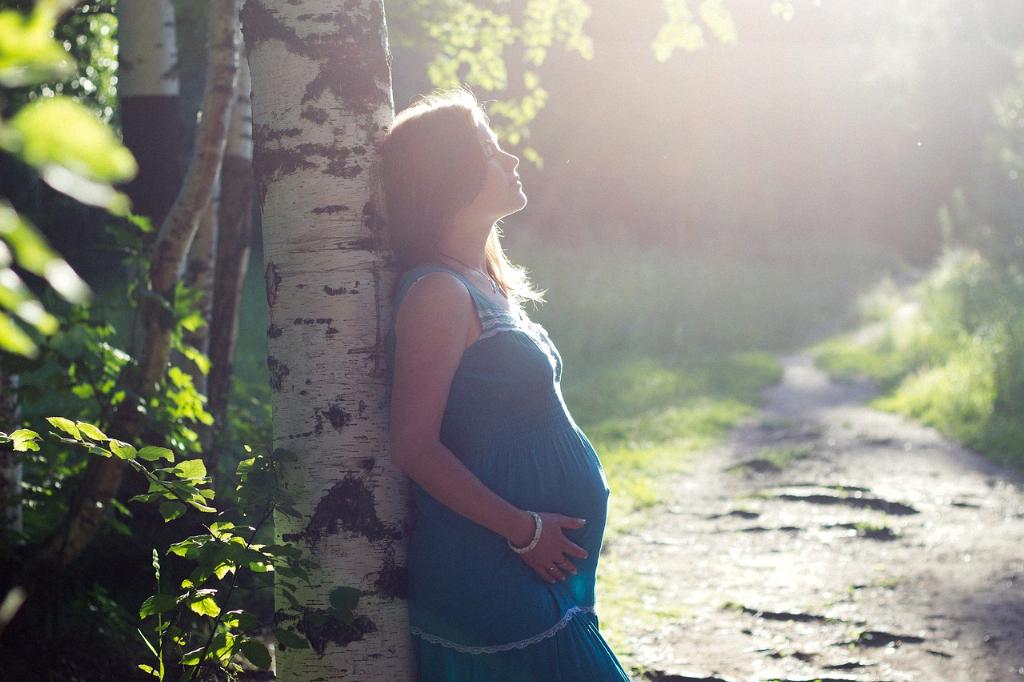When discussing the viability of a baby at 22 weeks, we enter a crucial territory in the realm of preterm births. At this stage, babies are incredibly fragile and require a delicate balance of medical intervention and natural development to survive. The definition of viability is the ability of a fetus to survive outside the uterus, and the 22-week mark is often considered a critical threshold in this context.
At 22 weeks, a baby’s organs and bodily functions are still in the early stages of development. The lungs, one of the most vital organs for survival outside the womb, are often not fully developed at this point. Without functional lungs, the baby’s ability to breathe independently is severely compromised, making viability a significant challenge.
Moreover, the heart and brain of a baby at 22 weeks are also not fully mature. These organs play essential roles in sustaining life, and their underdevelopment further complicates the chances of survival for a baby born at this early stage of gestation. The intricate interplay of these organs is crucial for sustaining life outside the protective environment of the mother’s womb.
Medical advancements have made significant strides in improving the survival rates of preterm babies. However, the threshold of 22 weeks still presents a formidable hurdle due to the complexities involved in supporting the vital functions of these tiny newborns. The delicate balance of providing intensive care while allowing natural development to progress is a challenging task for medical professionals.
It is essential to acknowledge the ethical considerations surrounding the viability of babies at 22 weeks. While medical interventions can sometimes help these fragile infants survive, the likelihood of long-term health complications and disabilities remains a concern. Balancing the immediate need for survival with long-term quality of life considerations is a delicate and challenging decision for healthcare providers and parents.
The emotional toll of premature birth at 22 weeks cannot be overlooked. Parents are thrust into a whirlwind of uncertainty, fear, and hope as they navigate the complexities of neonatal care for their tiny baby. The rollercoaster of emotions involved in caring for a preterm infant at the edge of viability is a profound and life-altering experience.
As the medical community continues to grapple with the challenges of preterm birth, research and technological advancements offer hope for improving outcomes for babies born at 22 weeks. Collaborative efforts between healthcare professionals, researchers, and policymakers are essential in addressing the multifaceted issues surrounding premature birth and viability.
Despite the formidable obstacles that exist at 22 weeks, stories of resilience and survival inspire hope and fuel the determination to push the boundaries of what is considered viable. Each baby born at 22 weeks is a testament to the incredible strength of the human spirit and the unwavering dedication of those involved in their care.
In conclusion, the viability of babies at 22 weeks marks a critical juncture in the landscape of preterm births. The delicate balance of medical intervention, ethical considerations, emotional challenges, and scientific advancements converge to shape the journey of these tiny infants and those who care for them. The significance of 22 weeks viability extends far beyond medical definitions, encompassing a tapestry of human experiences, resilience, and hope.

